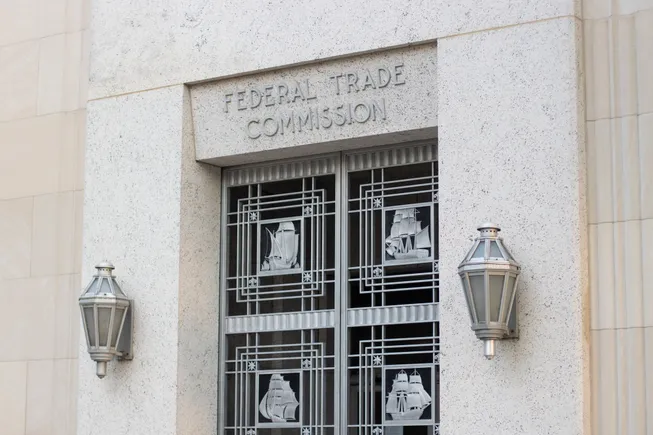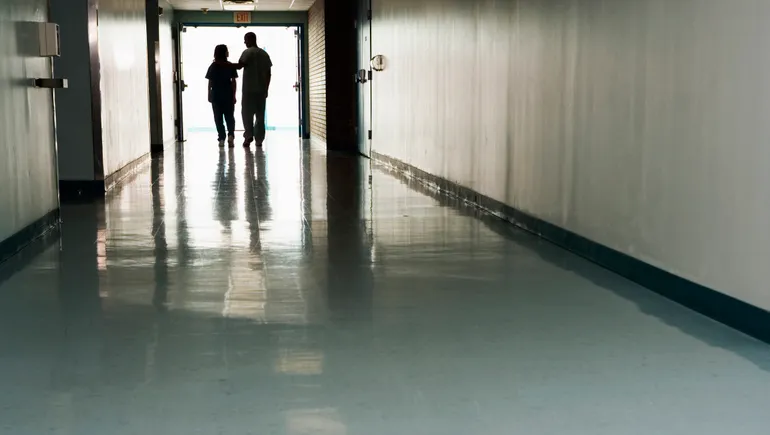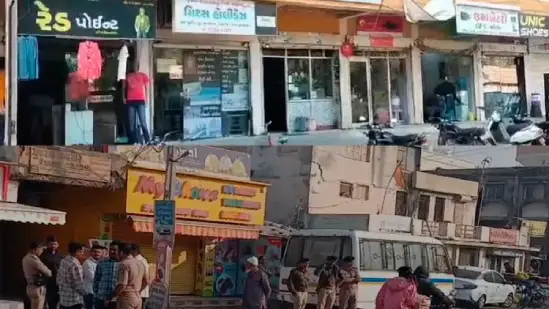The overwhelming majority of those in New York City who obtained a naloxone kit to counteract opioid overdose had a high need for the drug, according to a new study by Weill Cornell Medicine investigators and the New York City Department of Health and Mental Hygiene.
The study, published Jan. 16 in the Journal of Urban Health, found that 97% of people who received naloxone kits through various opioid overdose prevention programs were at high risk of overdosing or witnessing an overdose. But the authors noted fentanyl overdoses still disproportionally affect some racial and ethnic groups more than others.
More than half of the overdose deaths in New York City in 2017 involved fentanyl, an opioid-derived drug that has taken over the illicit opioid drug market. With 56% of fatal overdoses involving the opioid, the Health Department responded by distributing more than 100,000 naloxone kits in 2018, containing a medication engineered to reverse opioid overdoses. They also increased the number of opioid overdose prevention programs to more than 300 by the end of 2023, focusing on populations and neighborhoods with the highest need, and have continued to increase distribution of naloxone citywide.
The study, led by Dr. Czarina Behrends, assistant professor of population health sciences at Weill Cornell Medicine, with data collection and analysis from staff at the Health Department's Bureau of Alcohol and Drug Use Prevention, Care, and Treatment, specifically looked at the race and ethnicity of those who received naloxone from the different opioid overdose prevention programs across the city.
The research team analyzed data collected on the 79,555 naloxone kits distributed between April 2018 and March 2019. The authors looked at the specific prevention programs involved and also identified neighborhoods affected by high overdoses, as well as the age, race, and ethnicity of their populations. Of the 69,333 people who obtained naloxone during the time period, the authors defined 97.3% as having a higher risk than others of seeing someone overdose or potentially overdosing themselves.
The authors did not see significant disparities across racial and ethnic lines among the recipients of the naloxone kits. Yet certain racial groups remained more impacted by opioid overdoses, including older Black men as well as Latino and Latina groups, which the authors state is a sign for additional efforts to address these disparities.
"Evaluating naloxone distribution strategies to assess gaps in naloxone coverage and to ensure that programs equitably reach people at high risk of witnessing or experiencing an overdose at different venues is an important objective for OEND [overdose education and naloxone dispensing efforts] programs," the authors stated. "However, multi-pronged approaches beyond OEND are needed to address racial/ethnic disparities in opioid overdose death."
This research reported in this story was supported by the National Institute of Drug Abuse, part of the National Institutes of Health, through grant numbers P30DA040500 and U01DA047408.
Source:
Journal reference:
Behrends, C. N., et al. (2025) Expanded Naloxone Distribution by Opioid Overdose Prevention Programs to High-Need Populations and Neighborhoods in New York City. Journal of Urban Health. doi.org/10.1007/s11524-024-00951-y.

 1 day ago
1
1 day ago
1















.png)

.png)
.png)
.png)













 English (US) ·
English (US) ·  Hindi (IN) ·
Hindi (IN) ·